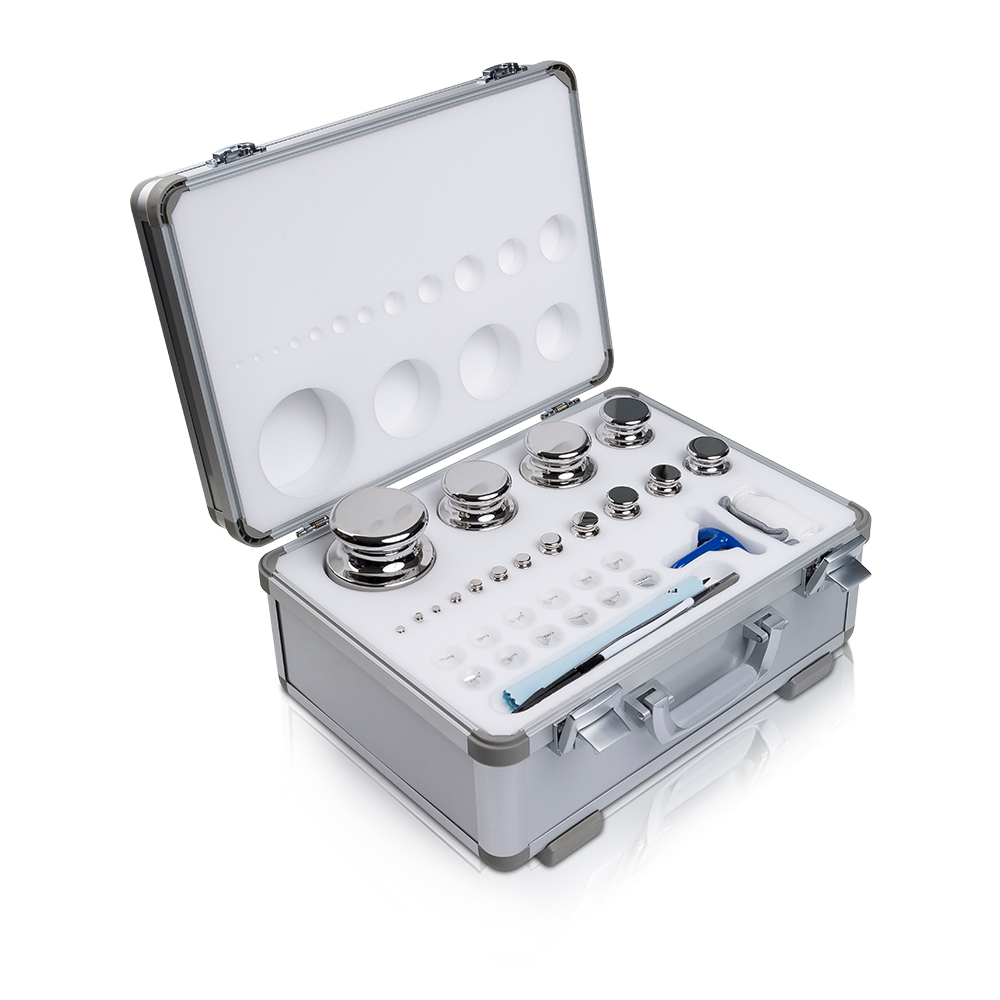Standard Series Test Weights are designed to maintain high stability and accuracy even in extreme temperature and humidity environments, which are essential for precision calibration and measurement tasks. Here’s how these test weights maintain their stability under such conditions:
The key to ensuring that test weights maintain their stability in extreme conditions lies in the choice of materials used. Typically, test weights are made from metals that have low thermal expansion rates, meaning they do not significantly change in size with temperature fluctuations.
Many standard test weights are made from high-quality stainless steel, which is resistant to corrosion and has a low coefficient of thermal expansion. This helps minimize dimensional changes when exposed to temperature extremes.
Some test weights are made from alloys that are specifically designed to resist corrosion, such as special brass or other metal alloys that offer a balance between durability and minimal environmental influence.
In some cases, particularly for lower-precision weights, cast iron may be used. Cast iron’s thermal stability is sufficient for certain applications, although it may not be as precise as stainless steel.
These materials help ensure that the test weights maintain their shape and mass, even when exposed to extreme heat or cold, which is critical for accurate measurements.
Test weights are manufactured with very precise tolerances to ensure they meet international standards. During manufacturing, any potential for material expansion or contraction due to temperature changes is minimized by carefully controlling the casting or machining processes.
Test weights are calibrated in temperature-controlled environments. Before they are certified, test weights undergo calibration at specific reference temperatures (usually 20°C), ensuring that they are accurate at the standard reference temperature. After calibration, the weights are marked and tagged with their verified weight values, taking into account the effects of temperature on mass.
In environments with fluctuating temperatures, compensation techniques are often employed to correct for any mass change due to thermal expansion or contraction. Some higher precision test weights incorporate temperature correction factors based on their material and design.

For example, materials with a known thermal expansion rate can have their mass adjusted for temperature. A weight made of stainless steel will expand or contract at a known rate per degree Celsius, so adjustments can be made when measurements are taken outside the reference temperature (20°C). In this case, the nominal weight value can be corrected based on the measured temperature.
In extremely humid or wet environments, corrosion can impact the weight of test weights, either by adding mass (due to moisture absorption) or by degrading the material, leading to inaccuracies. To prevent this, standard series test weights are often treated with anti-corrosion coatings or made from corrosion-resistant alloys like stainless steel.
Some test weights feature coatings such as nickel plating or chrome coating to protect against corrosion. These coatings help preserve the integrity of the weight’s surface, ensuring that moisture and other environmental factors do not interfere with the test weight’s mass.Humidity and high moisture levels can be particularly damaging to test weights made of materials like iron or brass. Stainless steel and other specialized alloys, however, offer excellent resistance to rust and corrosion, making them ideal for use in humid environments.
Some standard series test weights have design features that further contribute to their stability in extreme conditions:
Certain higher-precision test weights are stored in sealed enclosures to prevent them from coming into contact with moisture or contaminants in the air. These enclosures ensure that the test weights retain their accuracy over time, even when placed in humid or dusty environments.
Weight Shapes and Surface Treatments: The surface finishes and shapes of the test weights may be optimized to minimize the effects of environmental factors. Smooth surfaces prevent dust or moisture accumulation, while shapes are designed to resist mechanical stresses that could alter the weight.
In extremely cold or hot environments, where typical mass calibration might not be sufficient, test weights may be specially calibrated or manufactured for use in those environments. This is particularly true for industries such as aerospace or scientific research, where precise measurements are needed in non-standard conditions.
For instance, some industrial-grade test weights might be manufactured with materials that have been tested for extreme temperatures or humidity levels, and they are calibrated in situ (directly in the field) to ensure that the temperature and humidity influences are minimized or compensated for.
Standard series test weights maintain stability in extreme temperature and humidity environments through the use of high-quality, low-expansion materials, precise manufacturing techniques, anti-corrosion treatments, and temperature compensation methods. By carefully selecting the right materials and designs, these weights can retain their accuracy and reliability, even in challenging conditions. Additionally, regular calibration and maintenance ensure that any minor environmental influences are accounted for, preserving the integrity of the test weight's mass and ensuring precise measurements.

 English
English















